“In Praise of Film”
(…Yes, even for kids!)
Hi Steve,
Given all the recent posts regarding emulation software, I though it might be worthwhile to send you a bona-fide film post for all the “senseless die-hards” out there. About a year ago, I became one of them… Growing up, I had an EOS Rebel film body, and only pressed the shutter when I absolutely had to. Most of the pictures turned out poorly, and I had no idea why. I thought film was incredibly scary. (And expensive!) Thankfully digital came along…
Thirteen months ago, I was inspired by you and Peter (Thanks Prosophos!) to finally shoot and develop my own roll of B&W film. Thanks to the detailed instructions on his site, the process went flawlessly, and I haven’t looked back since.
I have now exposed about 900 film frames (some good, some bad 😉 ) and have since learned to develop my color film as well. The process is incredibly easy, especially if you have the knack for B&W. I have posted a detailed guide on my site at http://iftimestoodstill.net
Included below are five quick picks from my recent favorites. I hope others are inspired to “keep up the art”. Once equipment is purchased, and your workflow is sorted out, it is actually not all that expensive or time-consuming (And yes, I know it doesn’t make sense…that’s why it’s senseless!) …But it sure is satisfying when they turn out well! For me, it will never replace digital, but at least it is nice to have a hobby that most people find somewhat intriguing.
Zeiss Ikon was used for all below; “Dandelion” was taken with Nikkor 8.5 cm LTM and the Zeiss Sonnar 50 mm f/1.5 was used for the other two color photos. The Voigtlander 35 mm f/1.2 VII was used for the B&W images.
Thanks and best regards,

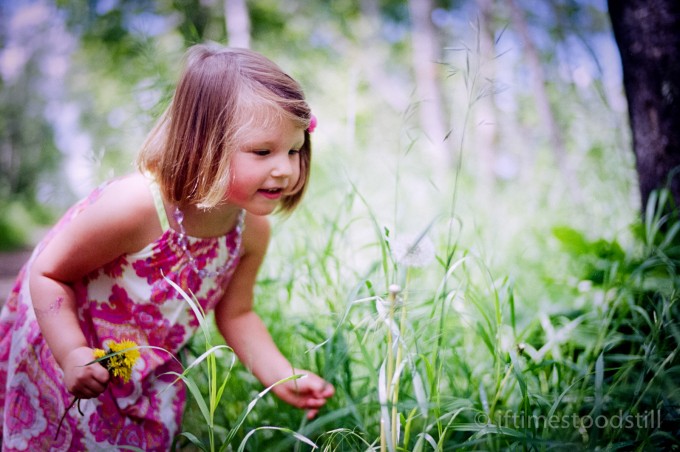
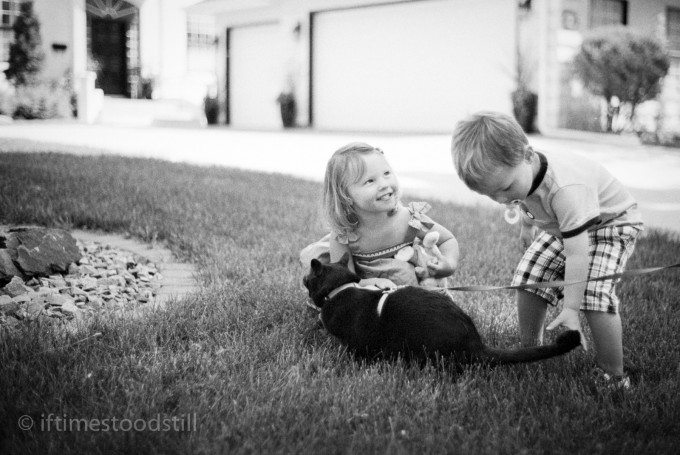
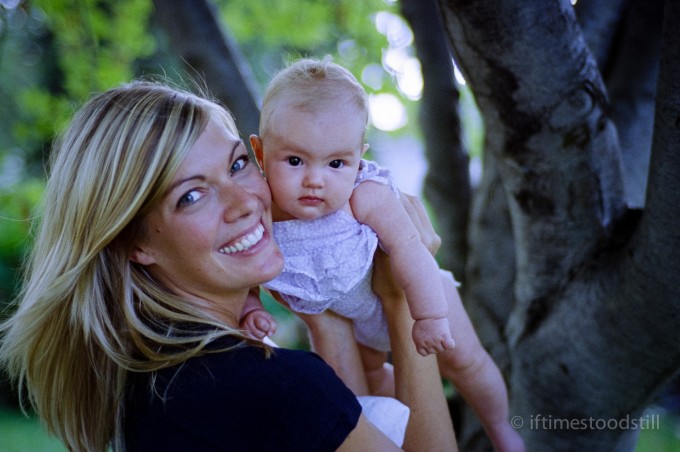
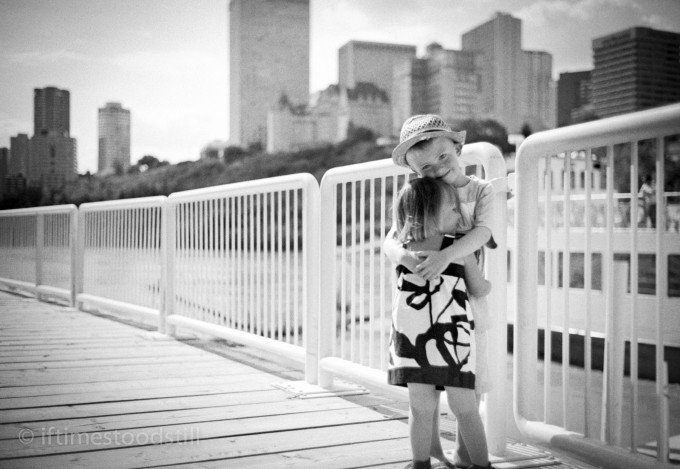
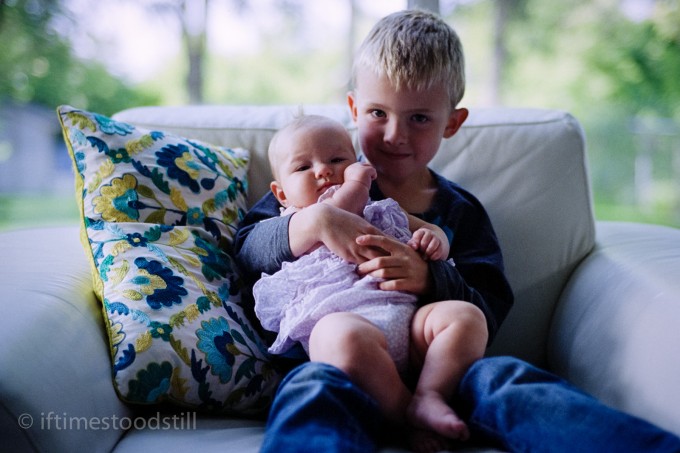


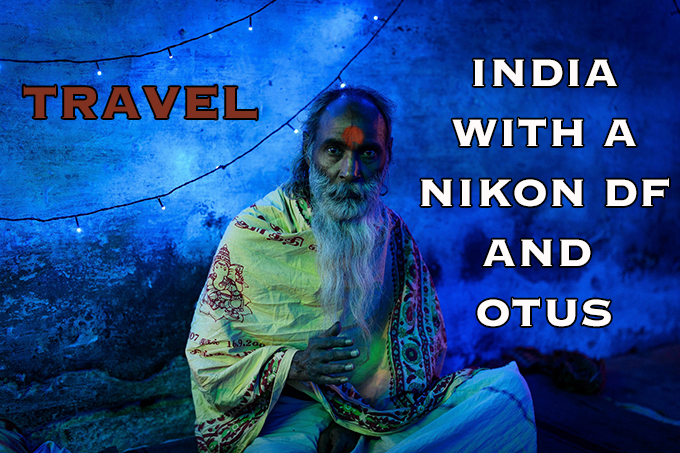

In my experience the best thing about using color film are the beautiful natural skin tones (thinking Kodak Portra, Fuji 400H). Your color photos seem too saturated and have color casts. The girl has pink skin and the woman in the lower photo has light blue teeth.
Look at the gallery at Film Is Not Dead to see the amazing skin-tone capabilities of film.
http://filmisnotdead.com/#gallery
Nice to see Film here again.
Lovely write up and pictures!
I think I’m due a Film article here (after more than a year)
Looks like you’re from the same city as I am – the background of the 2nd last shot is a dead giveaway 😉
But great photos of some very important subjects – I think in this case contents trumps detail, though the focus and composition are pretty spot on. And of course, tonality and gradation.
As far as the shadows do, I find setting my meter 2/3 of a stop slower works really well for colour neg film. YMMV.
Craig,
Pleased to make your aquaintance–small world, isn’t it? (Cue music…)
Anyway, thanks for stopping by, and for the comments. I’ll try your suggestions with the next roll.
On another note, we really should think about a city Gadget swap, meet-up, or “Steve Huff Group…”
Now if only we could convince him to come all the way north!
All the best,
M.
Thanks for the inspiration. I just finished a roll of Kodak Portra. I dug out my old Canon Rebel, slapped a Russian lens on front and hit the streets. Now the wait for processing.
It really slowed me down. Now if I can do that with digital.
anapeman,
Glad to hear that you too, are getting back to your film roots–I’d love to see some when they’re back. Feel free to drop me a line on my site!
All the best,
M.
Something happened here. The colour film you used is known for accurate colour and skin tones. These scans are not really too “cool” but they ARE too magenta. Perhaps you had your temperatures wrong?
Temperature control is essential for colour chemistry.
Otherwise your shadows seem a tad crushed. Really there’s nothing in these that can’t be duplicated digitally.
Hi Frank,
I appreciate the suggestions. As my site points out, I am overly rigorous about my temperature control, but I am noticing the occasional magenta cast–especially in the shadows. I may chuck the latest batch of chemicals and try another, but I am enjoying the tones I am producing.
Anyway, if you can replicate this “feel” digitally, then more power to you–it would certainly save me a lot of effort!
All the best,
M.
Lovely pics. I just started shooting with an M6 in B&W. Great experience! What scanner do you use?
Fearless Spiff (Love the name!)…
I am using a plustek 7600i for my B&W, and an Epson V700 for my large batch jobs, or to run through a roll to pick out the good ones.
In either case, the VueScan software package has been indispensable…I highly recommend it.
All the best,
M.
Just lovely!
Thanks Luiz!
I appreciate you taking the time to stop by and comment.
Best regards,
M.
The one of the two kids hugging is just precious!
I too am having fun with film. I started with an EOS 3 since I could use my existing lenses on it. And I’ve been trying to get good with a Voigtlander R3M with Zeiss Biogon 28mm f2.8, Voigtlander Nokton 40mm f1.4 and Voigtlander Heliar 50mm f2 colapsible (250 Jahre edition). I’m loving shooting slide film and now trying out Ilford XP2 for B&W.
I don’t know about you, but for me I’m hooked and find it more enjoyable than shooting digital. I’d like to try a digital Leica, as I don’t have much desire to continue with a DSLR anymore
Thanks James.
Yes…shooting film has definitely “got me hooked”. The digital Leicas are great to use (as close to the “film experience” as you can come…) but there is certainly nothing like film…but film!
All the best,
M.
Character, character & character. Something digital in general simply does not and probable never will have as opposed to film. Nice shots.
Thanks Cidereye…although I love the convenience and comfort of digital as well, I couldn’t agree with you more!
-M.
Beautiful pictures. And beautiful family.
Thank you Keefe!
-M.
Wondering why the colored pictures are “cool”? Is this due to home development?
I like the 2nd B&W. The vignette helps focus it on the subjects. When these kids grow older, they would love to reminisce on this point when time stood still.
Thank you Gregory! I have been noticing that my Portra tends towards the blues and purples. Perhaps it is some aspect of the technique I am using. It is easily adjusted in post if so desired, but I do like the tones.
Best regards,
M.
Very nice images. The mother(?) and baby image is outstanding. Film has that special extra that digital just can’t produce. Why else are there so many different software programs that try to emulate the film “look?” I hope that more photographers will rediscover the beauty of traditional film photography.
Thanks for the comments Karl. The mother and baby shot happens to be one of my “Top ten photos that I have ever taken”.
Best regards,
M.
beauiful! what film did u use?
Thanks Huss!
The color ones are Portra 160, and the B&W are good ‘ole Tri-X 400.
-M.
Love Tri-X. It is the only thing I shoot in my Yashica Electro35 GS! I have shot it since 1977 when I first got into photography. Love the tonal range and the speed! Love the two shots in B&W (the color ones are nice too but I am OCD about b&w!).
And, yes, I do my own developing….;-)
Thanks Rich! You obviously have a TON more experience than I do…thanks for the comments!
-M.
Wow….not bad……..for a Canuck 🙂
Seriously great stuff Mark. Thank you for posting these and other great film images on your site, as it has certainly changed my mind from leaving it behind…to now returning to film!! Also a great reminder to us that family is a very special subject matter.
Andy!!
🙂
Thanks for the post…and for your inspiring images!
-M.
Well I just go my first Zeiss Ikon ZM with a Zeiss Biogon 35/2 and today bought an assortment of film to try out. This and my Canon 1V HS are the two of the recent additions to my film camera collection. I’m old enough to have taken many rolls of file before I went completely digital in 2007. Now I’m returning to film to have some fun.
So now I’m trying to decide between the 50/2 Planar and the 50/1.5 Sonnar. Disappointed to see that only the Planar shares the same filter size as the Biogon.
Thanks Steve. Good luck with the return to film!
Cheers,
M.
The Planar is an excellent match for your Biogon and a great all rounder. The Sonnar is also fantastic – but exhibits noticeable focus shift, which can make for nasty surprises when shooting film – especially when learning the shift compensations of your lens (I was able to learn on an M9 before using it on my Ikon). As far as filters/hoods — the Sonnar and the Zeiss 28 2.8 (another great lens) can share.
Hi Jim,
Thanks for the comments. Maybe I’ve been one of the lucky ones, but my Sonnar seems to be calibrated for f/1.5–especially on my film bodies. Fortunately, (while a recognized phenomenon with this particular lens…) focus shift has not been a huge issue for me. The bokeh, on the other hand, has occasionally been a little surprising! (I am by no means an expert, but…) I believe it has to do with the specifics of the Sonnar design itself.
All the best,
M.
Well if I get the Sonnar I plan to use it with Ikon and film so I’m told its been set up properly for f/1.5. If I use it with my Fuji X series I have the advantage of the EVF so I’m not to worried there. No plans for a Leica Digital M rangefinder so I should be ok, right?
Hi Steve,
After reading every review I could find, I chose the Planar in stead of the Sonnar. I also have a Zeiss Ikon with the Zeiss Biogon 35/2 and the focus shift problem kind of scared me. When shooting film I’d rather have a lens with less character but with a focus that is spot on at every aperture setting.
Cheers,
Ian
On film the focus shift is not there with the Sonnar. Only with digital. Odd huh? In any case, you can not go wrong with either of those lenses, they are gorgeous.
I guess I felt the same way as Ian did for the longest time. . Don’t want to deal with any focus shift but after reading a lot I’m beginning to feel better that on the Ikon I wont see it. It appears that the only camera I would see it on are the Leica Digital M series since this is the only digital RF with an M mount out there (isn’t it). So on my Fuji with EVF its not a problem so I think I will go with the Sonnar and take the risk.
Let us know how you like it. I have the Planar on order and still have to wait a couple more weeks for the silver one. Maybe you can change my mind. 🙂
I bought a refurbished Sonnar from pop.flash that should be here in a few days so I’ll let you know how it works out. If not I can always go to the Planar. You know what they say, “No Risk, No Reward”. Wish me luck.
The first html link Mark’s website is messed up.
…You’re right: It’s
http://iftimestoodstill.net
Thanks!
-M.
I can’t help thinking: “real images, real life… real photography”.
I may have taught you how to process B&W film, Mark, but you’ve taught me a whole lot more since…
And not to mention, you’ve perfected the art of colour processing, my friend.
Sincerely,
Peter.
Ah Peter!
You started this whole odyssey…and encouraged me to do this post. (Come to think of it…to do my website too!)
Thanks again for your mentorship.
-M.
You’re a good guy Mark.
Nice shots! Next step in your hobby: darkroom? I did it and for B&W, it’s a real pleasure (and I spend less time doing optical printing than digital scanning; in the dark, time stands still).
🙂
Thanks so much! No room in the house for a bona-fide darkroom…
All the best,
M.
Great images indeed! I’d like to share this remarkable video (see below); I know it has been created to promote the Leica Monochrom, but it is a beautiful illustration of how involving art can be:
Title: Platinum Palladium Printing with Leica M Monochrom
Link: https://vimeo.com/66352973
Thanks Ivan for your feedback, and for the video link.
Cheers,
M.
Great images – takes me back ………
Thanks Martin!
-M.
I love using film and your images testify how good film is.
Thanks Graham. I appreciate your feedback and support.
-M.
Really nice shots. Almost makes me wanna get out one of my old film cameras and shoot a few rools.
Thanks Todd…Please do! And then develop it yourself. 😉
Cheers,
M.
i like the last picture a+++++ .
But there is chromatic aberration ? or i am wrong
Hi Vladimir,
Thanks for your feedback! Where in particular are you seeing the CA (I’m sure there is some!)
All the best,
M.
There´s chromatic aberrations with film too. It´s no matter of digital. I discovered this after scanning a negative (Kodak Portra 160) shot with M6 and 1,4 35 mm Asph. I guess it´s a matter of fast lenses.